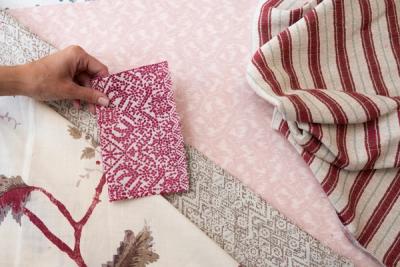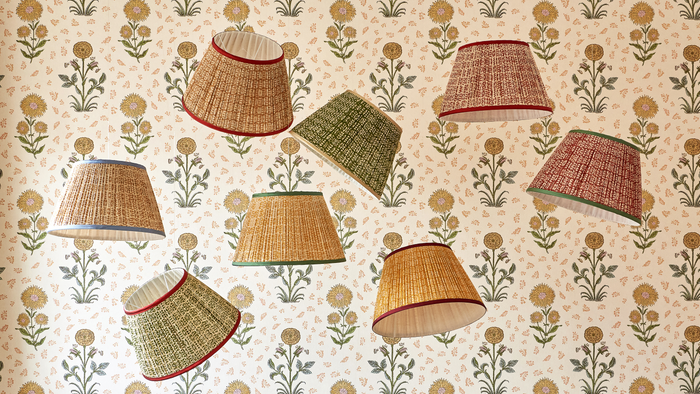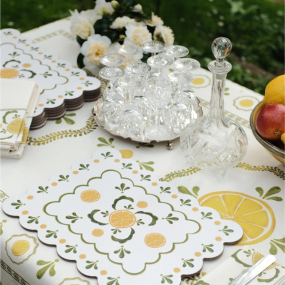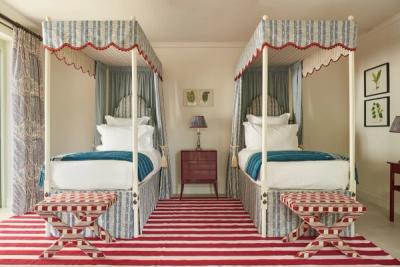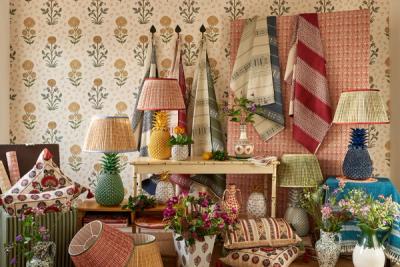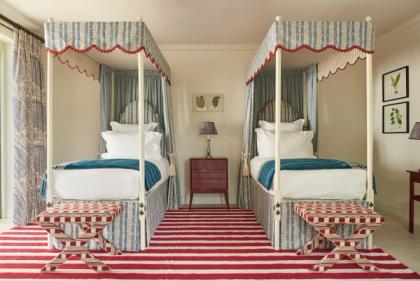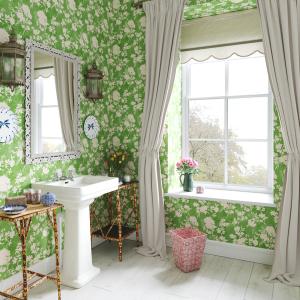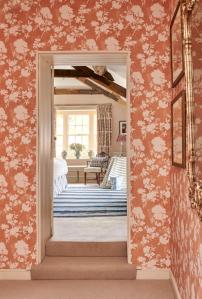Decoration
Why We Can’t (and Won’t) Shake Botanicals from Interior Design
There are a few key styles that are versatile enough to keep up with the ever-changing world of interior design. The stripe is one of them; geometric prints represent another. There is, in both examples, plenty of scope for renewal. We’re not still bulk-buying fabric with those distinctively 80s and 90s bold geometrics on them, but that doesn’t mean we aren’t still finding ways to integrate less time-worn geometric prints into spaces today.
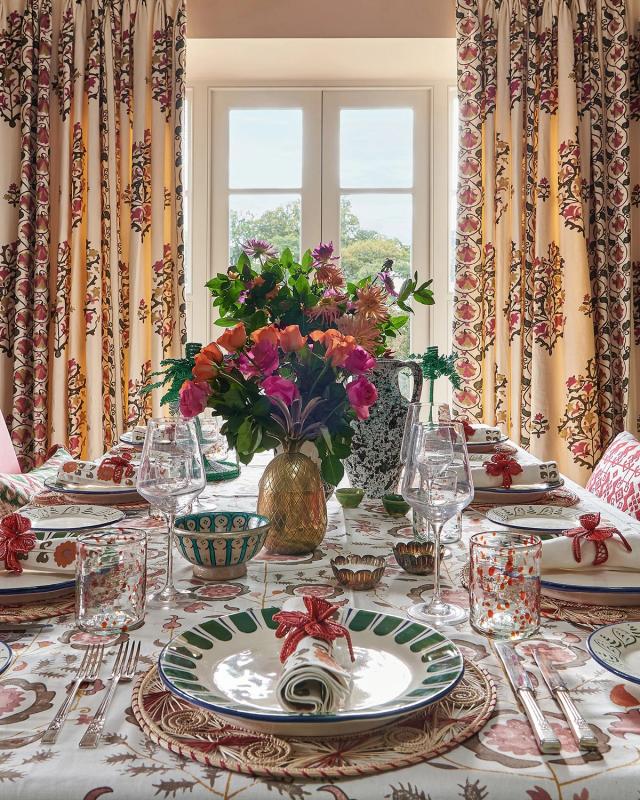
Why We Can’t (and Won’t) Shake Botanicals from Interior Design
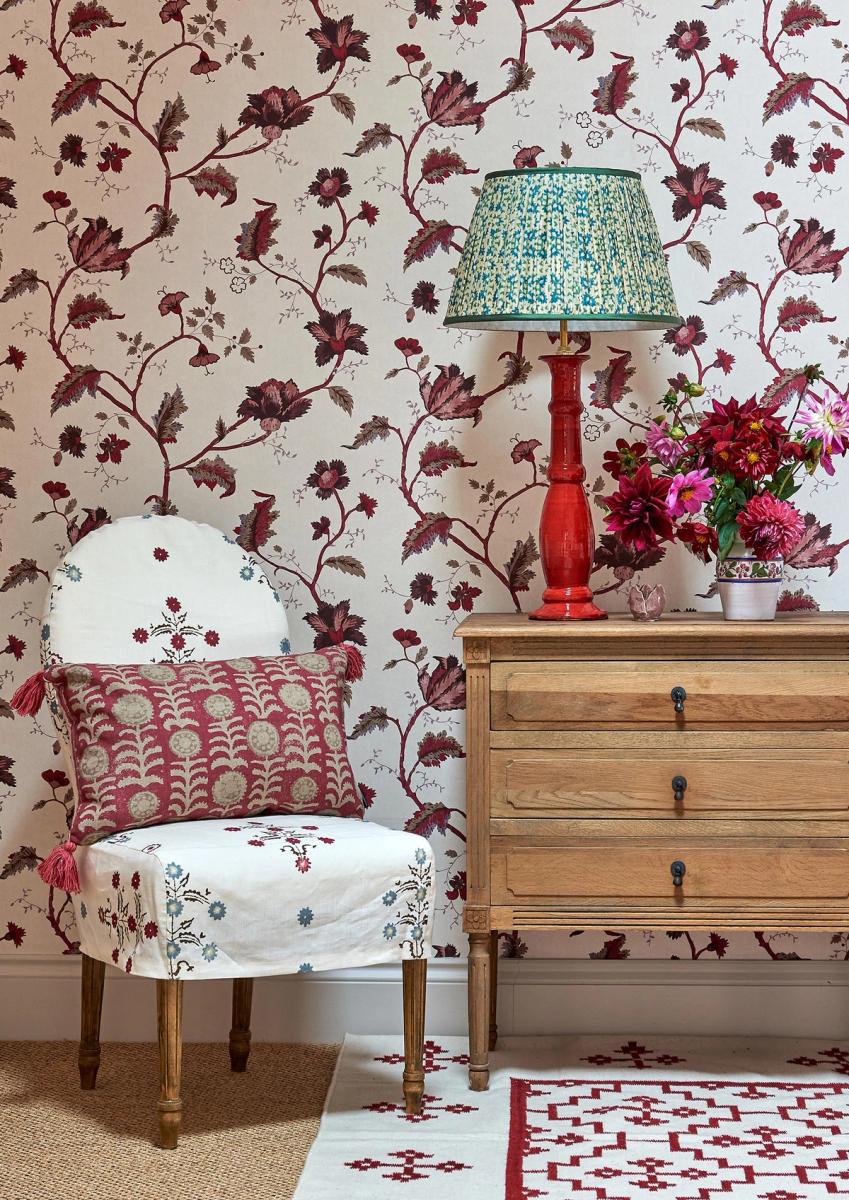
There are a few key styles that are versatile enough to keep up with the ever-changing world of interior design. The stripe is one of them; geometric prints represent another. There is, in both examples, plenty of scope for renewal. We’re not still bulk-buying fabric with those distinctively 80s and 90s bold geometrics on them, but that doesn’t mean we aren’t still finding ways to integrate less time-worn geometric prints into spaces today.
One thing that unites these two styles, however, is their simplicity. Simple forms comprising primarily straight lines and/or regularly repeating patterns tend to prove the most adaptable. Look at plaid and tartan – the polka dot or the herringbone.
In most cases, botanicals are the antithesis of these styles. Botanicals tend to be more complex, a little less orderly, more ornate, intricated and, obviously, organic looking. From florals to snaking vines, however, we can’t shake them from that high pedestal they occupy in interior design – nor do we want to.
The ultimate antidote to order
Most of us want our homes to feel neat and tidy. Even the maximalists among us, with surfaces and shelves and floors all adorned with a healthy serving of stuff – beautiful stuff, we might add – are looking to attain that sense of things being where they should be at the end of each day.
The trouble is, for a lot of different homes and design styles, that sense of order can start to feel like too much. It’s the classic ‘show room’ syndrome – the regimentation that comes when things are lacking that organic flair.
And what better to infuse a space with a more organic feel than floral fabrics and wallpapers? Their intricate, winding shapes introduce a definitive sense of freedom into a space that may be buckling under the weight of its own perfection. The contrast they create with the room’s geometric elements – even those focal-point pieces of furniture – and that general sense of order is incredibly effective.
They’re part of a tale as old as time
Botanicals have represented a core element in the home for thousands of years. The ancient Egyptians would bring palm leaves and vases or bowls of flowers – including those classic lotus blooms – into the home. Lotus and papyrus could be arranged in impressive bouquets, bringing colour and life into indoor spaces.
Botanicals represent the inspiration between many of the most pivotal styles and movements in interior design. The gothic and Art Nouveau movements, for instance, may not be considered particularly close in style, but both utilise the organic shapes of botanicals to create those distinctive patterns and forms.
The organic shapes created by botanicals – whether you’re inspired by the prettiest rose garden or the wildest and most tangled of hedgerows – are so valuable for so many different styles, and needn’t be written off as 100% feminine or chintzy. True, some movements have intentionally shifted away from that sense of organicity – straight-edged mid-century modern, for instance – but some of the most traditional styles continue to embrace it to this day.
But, even so…
They are tied to no particular time
The Victorians may have won the award for floral wallpapers – although floral wallpapers are far more versatile than that – but the use of botanical and floral prints within the home is, in and of itself, not enough to date a home to any period or movement.
The natural world is evergreen (pun intended). The shapes, colours, and patterns it creates are as familiar to us as breathing, which means you’re not risking a home that will age poorly by integrating them into your décor.
They bridge the gap between our homes and the outside world
We’ve written before about ways to break down that disconnect between inner and outer spaces, and how to treat your garden like an extension of your home. True, the weather tends to pose the biggest blockade, but there are always ways to make more of that space, and to enjoy a more Mediterranean approach to wandering in and out, and enjoying life on both sides of the back doors.
While it may not be practical, it’s hard not to be seduced by the idea of ivy reaching in through an open window, or wisteria starting to grow over the doorframe. The very idea of bringing the outside in is one that will always be beautiful, and that’s exactly why botanicals will never fall from grace in our eyes.
Botanicals are ideal for freshening up the bathroom, for making a living room feel brighter and less stuffy, or just for celebrating your love of the natural world and all its beautiful colours and shapes.
More from Decoration



